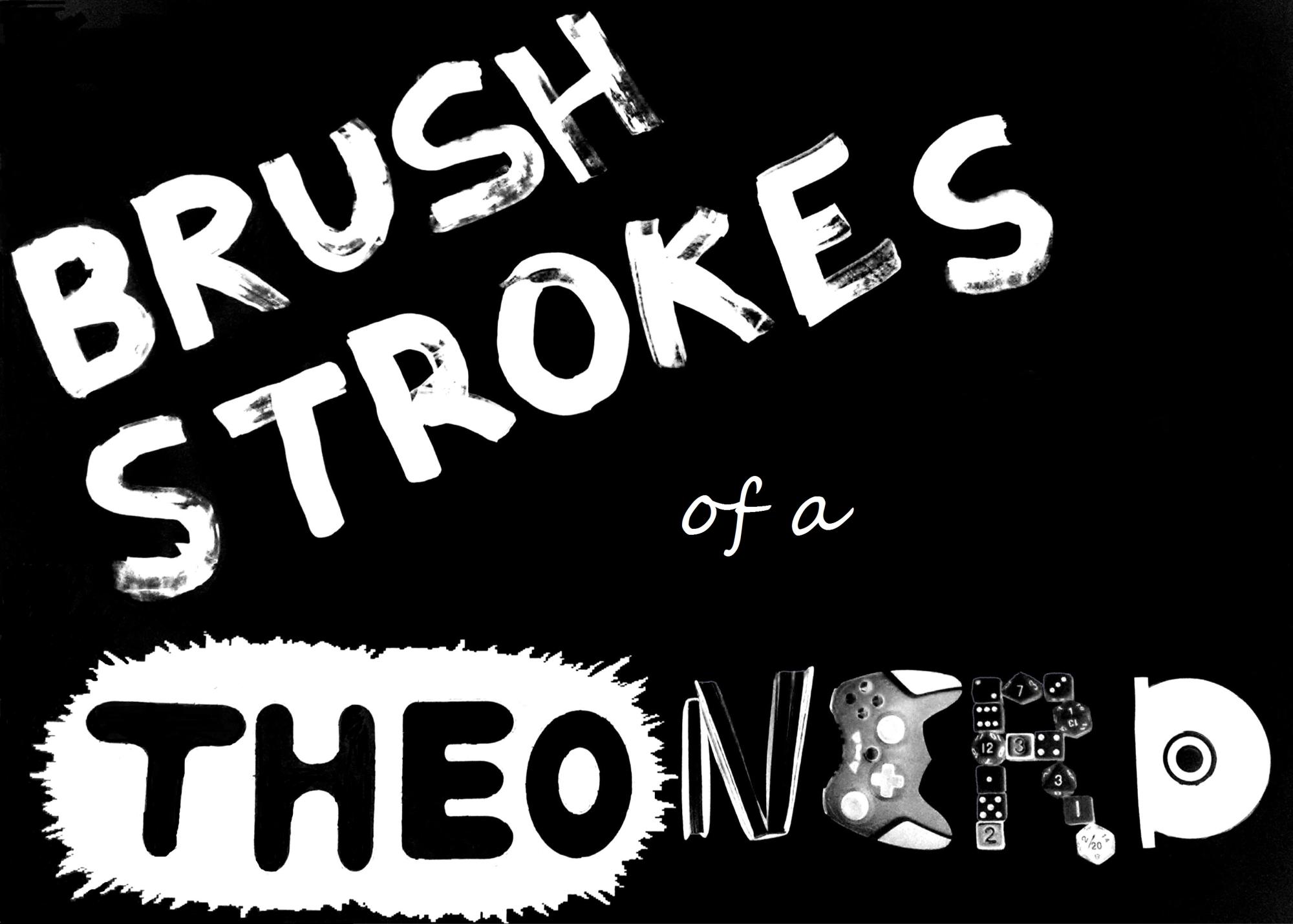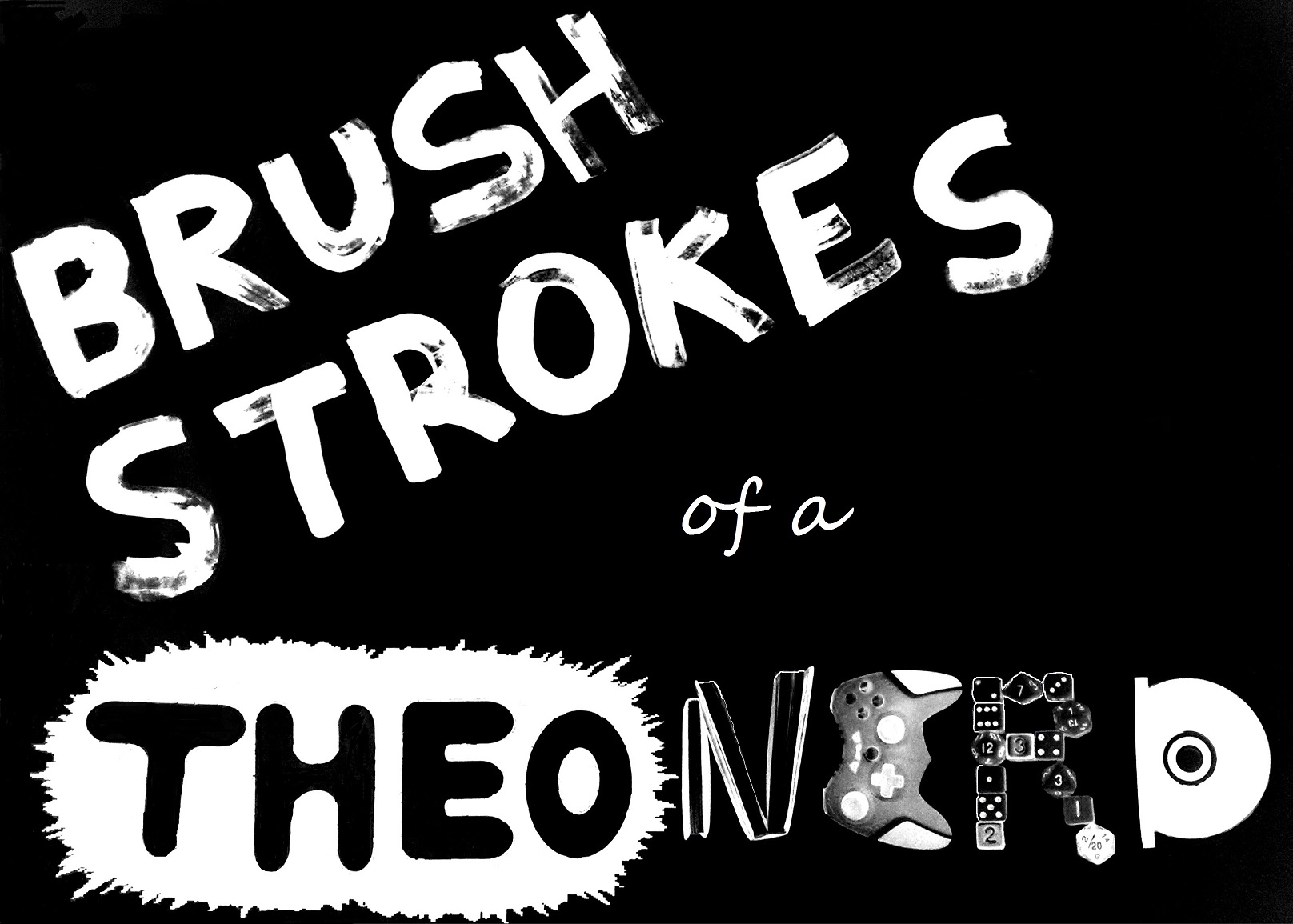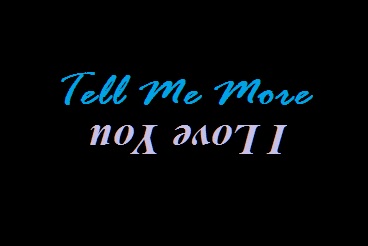Gray-Scale Mythology
By Anthony Casperson
11-16-19
The lecturer spoke of the original definition of myth. He defined it as a story that explains some truth of the natural or societal world (whether or not the story itself is a recording of real events). It had less the sense of a false belief or idea, as modern definitions would tend to hold, and more of an understanding that this story calls the audience to comprehend the truth of the world around them.
He continued by speaking of how C. S. Lewis called the bible a “true myth,” meaning that the bible not only teaches us about the truth of the world, but does so while recording the true events. However, the truth revealed in the story of the bible was not the only myth that Lewis, Tolkien, and their compatriots in the Inklings were concerned about.
Using the term “mythopoeia,” the group of friends spoke about creating new myths; new stories that taught truths of the world around them couched in pleasing prose. A surface reading of the story would evoke some sense of the truth hidden beneath, but only when looking deeper would one see the full extent of the truth being taught.
They took myths of old as guides in their writings. And this includes the tendency toward easily defined good vs. evil conflicts. This isn’t to say that the heroes of yore are all perfect little princes and princesses without a single flaw or fault. Nor is it saying that all villains are darkness personified who suffocate out all life around them and kick puppies for fun. Myths have character nuance. They can even have a character being the protagonist in one story and the antagonist in another.
The point of having a clear understanding of who is the hero and who is the villain is to help the audience understand what truth the story is calling us to follow. The hero is set up as aspirational. They embody the truth that we are to apply to our lives. They call us to higher, nobler, better purposes than where we find ourselves.
Reality doesn’t always fall into line with the truth in our world. This is why we crave stories where the truth becomes reality. Stories that reveal our true purpose in existence. It’s why myths persist.
But this made me wonder about many modern stories. Tales where the protagonist is merely a single shade lighter gray than the villain. Our fascination with a gray-scale world eschews anything close to true black and white.
If heroes of ancient myths call us to an ideal that we can aspire to, what do modern heroes call us to? What is the seeming truth that such stories are based on?
Sure, we can say that the world around us tends toward shades of gray more so than clear-cut definitions of good and evil. But is that reality around us the truth? Or is it just an excuse to do as we please and call it good and true?
I can’t help but think that this modern gray-scale mythology falls into the modern definition of myth. The definition of a widely held, but false understanding of the world. A myth with heroes who call us to our own selfish purposes.
We see the world around us and call it true. Therefore, what exists must be our reason for being. So, to continue our course is good. But this eliminates the need to grow. It calls stagnation our purpose. A call to homogenous gray with no definition or substance.
But this is not the truth of our world.
Returning to the “true myth” of the bible, we see that God always calls us to be holy as he is holy. The real-life characters of the story had faults and failures. They fell and needed to repent. But they represent the move toward the truth of holiness that we should emulate.
The nuance never eliminates the understanding of truth. Sure, the “friend of God” was a liar and impatient for the promise of God, but the blessing of the world still came through the promise given to him. Yeah, the “man after God’s own heart” was an adulterer and murderer whose bloody hands were unable to build a house for God, but God built a house for him. A family line through which holiness can be extended to all who accept it.
The call to be holy is revealed through the stories if we look deeper than the surface. The truth calls us to something. It calls us to a higher, nobler, and better purpose than the reality we see everyday.
Let’s put aside the reality of a gray-scale mythology so that we can exist in the true myth.




